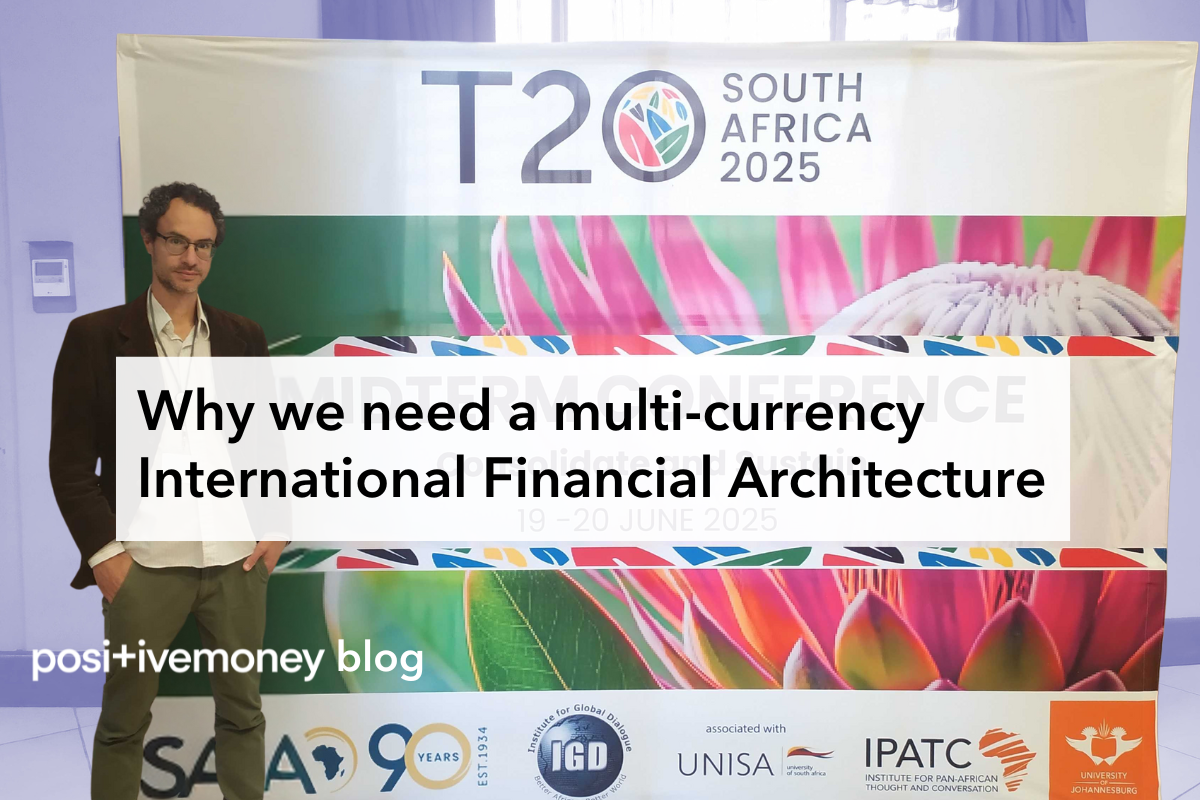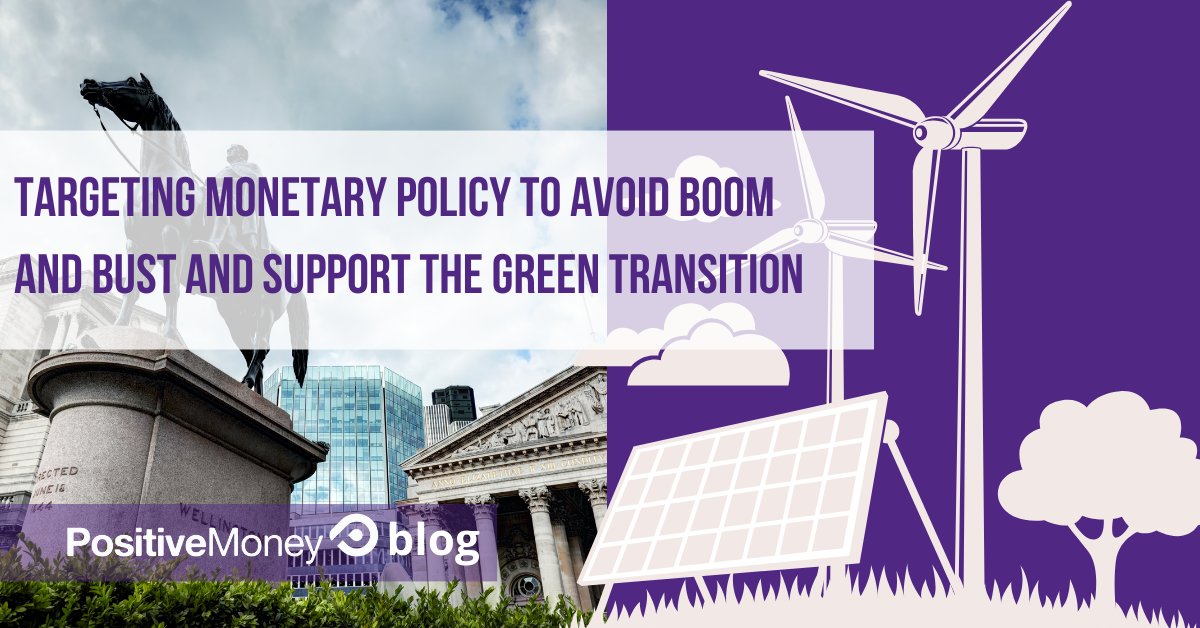
EUUK
3 July 2025
January 31, 2024
As calls grow for the Bank of England to cut interest rates, there is an opportunity for a more targeted response that could avoid repeating the mistakes of the past while supporting a fairer and more sustainable economy.
As inflation finally falls and the economic outlook continues to darken, speculation has shifted towards interest rate cuts, with economists expecting the Bank of England to start reversing its recent hikes as soon as the Spring.
There is a risk that by simply returning to the default mode of interest rate cuts, we will have failed to learn from the macroeconomic failures of recent decades.
To be clear, lower interest rates would be broadly beneficial for the economy, which is currently being choked by higher interest rates sucking up money from the government, businesses and households to banks and wealthy savers. But policymakers should know better than to rely solely on cuts to the Bank of England’s base rate to deal with the problems facing the economy.
Just as changes to the bank rate is a blunt tool to deal with inflation, it is also a blunt tool to stimulate the economy, as we saw in the years following the financial crisis. Relying on monetary policy to do all of the heavy lifting in stimulating the economy while fiscal policy (tax and spending) was tightened did little but inflate asset prices, which then become unstable when monetary policy is tightened in response to inflation, leading to crisis. We therefore risk a return to yet another cycle of ‘boom and bust’.
Though higher interest rates are instruments of inequality, which aim to increase unemployment and lower wages, while also transferring more income to banks and the wealthy, simply reversing interest rate hikes is unlikely to undo this, as the tightening of monetary policy raises income inequality more than easing lowers it. Moreover, all else equal, loosening monetary policy can increase wealth inequality as it boosts the price of assets held by the wealthy. Fiscal policy, such as a windfall tax on those who have benefited from changes to monetary policy, should therefore be used to redress the unequal impacts.
While the focus should therefore be on better macroeconomic policy coordination, there are also other ways in which monetary policy itself can be designed to support a fairer and more sustainable economy.
For instance, the Bank of England could target lower interest rates for priority sectors that would support longer-term price stability, such as renewable energy and retrofits. The Bank could do this by providing cheaper funding to lenders if they make green loans, in a similar manner to how it used its Term Funding Scheme to incentivise lending to SMEs during the pandemic. Momentum is growing towards such a ‘dual rate’ approach in the EU, with French President Macron saying it was “totally absurd” that interest rates are the same for fossil fuels and renewables, calling instead for “a green interest rate and a brown interest rate.”
If the central bank also returns to using asset purchases to stimulate the economy (commonly referred to as ‘quantitative easing’ or QE), this could also be better targeted through ‘strategic QE’. Rather than buying bonds from financial markets and hoping investors re-invest the money productively, the Bank of England could buy bonds issued by the UK Infrastructure Bank, for instance, which could use the funds to invest in vital infrastructure and the real economy.
Therefore instead of returning to a ‘trickle down’ approach to monetary policy, where the Bank of England simply cuts its base rate and buys bonds from the market and hopes the benefits are passed on to the real economy, we could achieve much more ‘bang for our back’ with more targeted policies, which would reduce the negative side effects of monetary easing, such as asset price inflation.
Sign-up to our mailing list or follow us on X (formerly known as Twitter) for more regular updates on our work fighting for a money and banking system that enables a fair, sustainable and democratic economy.
